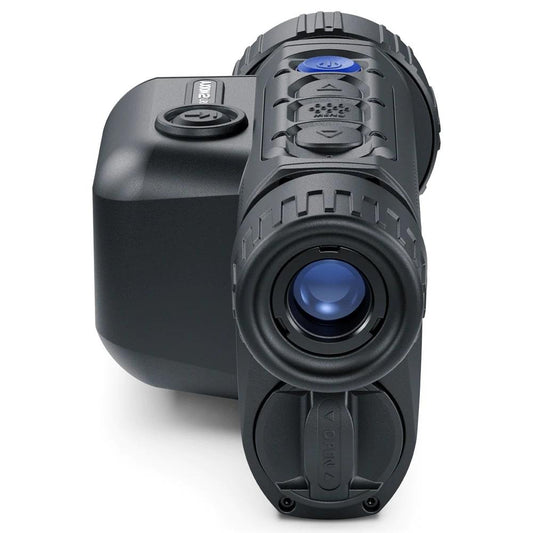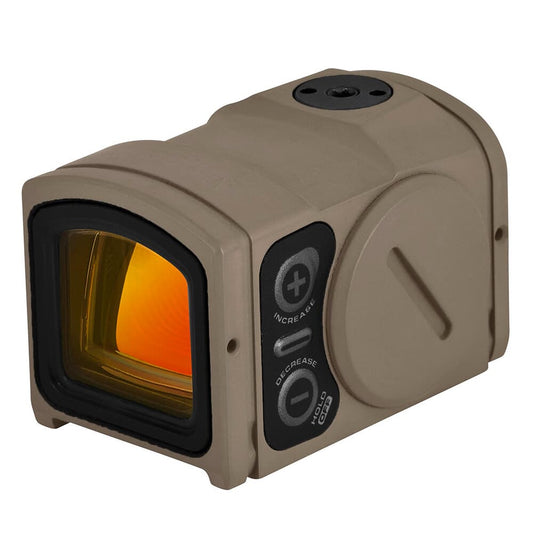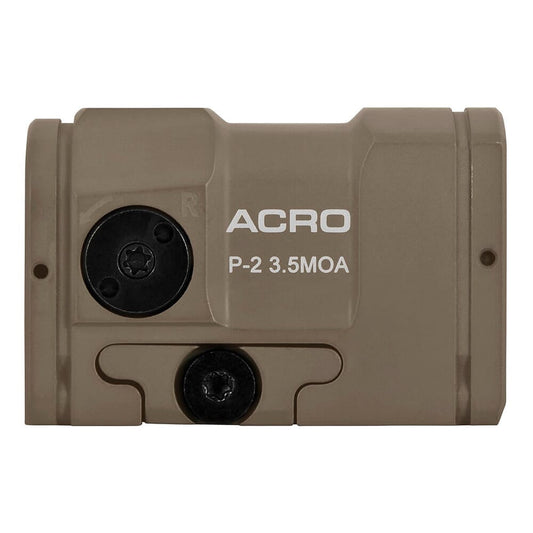

Pulsar Axion 2 LRF 2-8x35 Thermal Monocular XG35 offers advanced thermal imaging capabilities for spotting heat signatures up to 1900 yards away. With a 640x480 microbolometer, this monocular provides precise detection in various environments. The integrated laser rangefinder, effective up to 1100 yards, ensures accurate distance measurements, making it suitable for serious shooters and outdoor enthusiasts. The 1024x768 AMOLED display guarantees clarity and detail, whether you're scouting during the day or navigating low-light conditions.
Weighing only 0.6 lbs and constructed from durable magnesium alloy, the Axion 2 LRF is designed for reliability in the field. Its IPX7 waterproof rating allows for use in various weather conditions, while the 2.5-20x magnification range adapts to different viewing requirements. With the ability to record images and videos via Wi-Fi, this monocular is perfect for both practical applications and capturing memorable moments in the wild.
Features:
- LONG-RANGE DETECTION for spotting targets over 1900 yards away.
- BUILT-IN LASER RANGEFINDER provides precise distance measurements up to 1100 yards.
- HIGH-RESOLUTION DISPLAY with 1024x768 AMOLED for clear and detailed visuals.
- VERSATILE MAGNIFICATION from 2.5 to 20x for varying shooting needs.
- SIMPLE RECORDING capabilities allow you to capture images and videos effortlessly.
- LIGHTWEIGHT DESIGN at only 0.6 lbs for easy portability during long hunts.
- DURABLE CONSTRUCTION made from reinforced magnesium alloy, ensuring longevity.
- IPX7 WATERPROOF RATING allows use in all weather conditions from -13F to 122F.
Technical Specifications Table
| Specification | Details |
|---|---|
| Magnification | 2-8x |
| Lens Diameter | 35mm |
| Weight | 0.6 lbs |
| Dimensions | 5.5 x 2.2 x 2.2 inches |
| Material | Reinforced Magnesium Alloy |
| Battery Life | Up to 7 hours |
What’s in the Box?
- Pulsar Axion 2 LRF 2-8x35 Thermal Monocular XG35
- Lens covers
- USB-C charging cable
- Carring case
- User manual
Customer Reviews
“Absolutely love the clarity! This thermal monocular has changed the way I hunt.”
“The rangefinder is incredibly accurate—makes my long-distance shooting so much easier.”
“Lightweight and durable! Perfect for my outdoor adventures.”
FAQ
How does the Pulsar Axion 2 LRF compare to other thermal monoculars? The Axion 2 LRF shines with its superior range and image clarity, making it a favorite among serious shooters. Its combination of features elevates your long-range optics experience like no other.
What is the maintenance needed for this device? Regular firmware updates via the Stream Vision 2 app and keeping the lenses clean ensure optimal performance. Always store it in a dry place to maintain its integrity.
Can I use this monocular in extreme weather conditions? Yes, the Axion 2 LRF's IPX7 rating means it performs effectively in challenging weather, so you can rely on it no matter the environment.
Similar Models
If you're looking for more exceptional thermal optics, check out our impressive range of Pulsar products. Explore models like the Pulsar Trail Series for powerful thermal riflescopes or the Pulsar Helion for handheld thermal imaging devices. Discover the entire collection today to elevate your outdoor adventures!
You May Also Like
Here’s some of our most similar products people are buying. Click to discover trending style.








